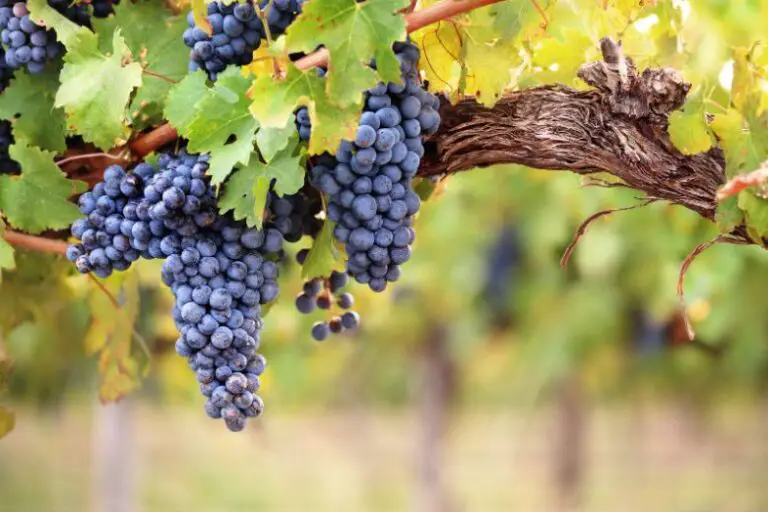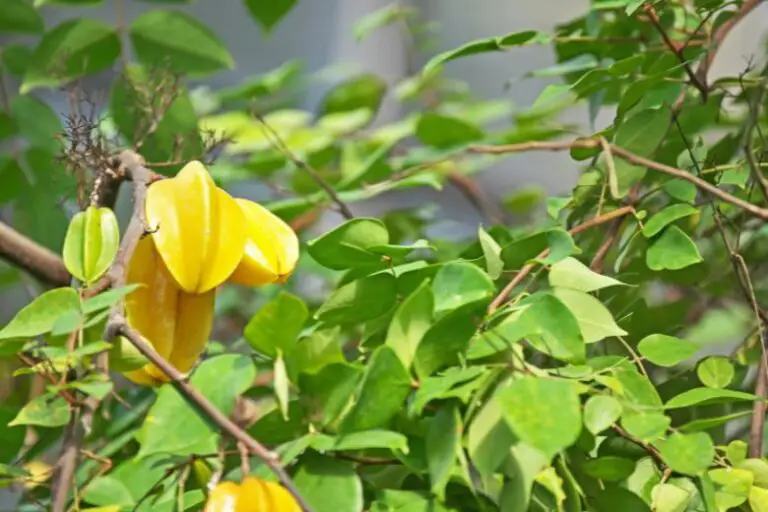Are Yellow Kiwi Genetically Modified
Yellow kiwis, known for their smooth skin and sweet taste, have gained popularity on the market. As with many foods today, there’s a curiosity about their genetic origins. Do these sunny fruits owe their existence to genetic modification, or is there another explanation? Let’s dive into the genetic makeup of yellow kiwis to find out.
Understanding Yellow Kiwi Genetics
Genetic Modification Explained
Genetic modification involves altering an organism’s DNA using biotechnology techniques. This process can lead to the introduction of new traits or enhanced characteristics. In the case of plants, genetic modification is often used to increase resistance to pests, improve shelf life, or enhance nutritional content.
Natural Hybridization
Natural processes also play a significant role in shaping the genetics of plants. Hybridization, a natural phenomenon, occurs when different plant varieties cross-pollinate, leading to a new offspring with a blend of traits from both parents. This process has been essential in the evolution of various plant species.
Origins of Yellow Kiwi
Green vs. Yellow Kiwi
The conventional green kiwi, scientifically known as Actinidia deliciosa, has been enjoyed for years. The yellow kiwi, Actinidia chinensis, is a relatively newer addition, known for its bright color and slightly different taste.
Natural Evolution
Yellow kiwis trace their lineage back to natural hybridization events between different kiwi species. These events occurred long before human intervention, showcasing the power of nature in creating diversity.
Unraveling Genetic Modification
Genetic Engineering Techniques
While yellow kiwis are not typically the result of genetic modification, it’s essential to understand the techniques involved. Genetic engineering often involves identifying specific genes associated with desired traits and inserting them into the plant’s DNA. However, this is not the case for most yellow kiwis.
Regulation and Labeling
In regions where genetically modified organisms (GMOs) are produced, strict regulations and labeling requirements are in place. This ensures that consumers are informed about the products they purchase. Yellow kiwis, being primarily a product of natural hybridization, do not usually fall under GMO labeling.
The Role of Hybridization
Controlled Crossbreeding
In agriculture, controlled crossbreeding is a technique used to achieve desired characteristics in crops. This method harnesses the natural process of hybridization to create plants with improved traits, such as disease resistance or better yield.
Achieving Desired Traits
Yellow kiwis, with their appealing color and taste, were the outcome of natural hybridization processes that led to the expression of unique traits. This showcases how nature’s own mechanisms can result in desirable features.
Nutritional Value of Yellow Kiwi
Rich in Vitamin C
Both green and yellow kiwis are known for their exceptional vitamin C content. This essential nutrient plays a vital role in immune function, skin health, and overall well-being. Enjoying yellow kiwis can contribute to meeting daily vitamin C requirements.
Other Essential Nutrients
Beyond vitamin C, yellow kiwis offer dietary fiber, vitamin K, and other antioxidants. These nutrients collectively support digestion, bone health, and protection against oxidative stress.
Dispelling Myths and Misconceptions
Common GMO Misunderstandings
Genetically modified organisms often face misconceptions. It’s crucial to clarify that while genetic modification is a scientific process, not all novel traits are the result of GMOs. Natural processes can also bring about genetic diversity.
Scientific Consensus
The scientific community extensively evaluates the safety and impact of GMOs. However, when it comes to naturally hybridized fruits like yellow kiwis, they are considered safe for consumption and have undergone no genetic modification.
Consumer Awareness and Choice
Labeling of GM Foods
For individuals concerned about GMOs, proper labeling empowers them to make informed choices. Labeling regulations ensure transparency, enabling consumers to opt for non-GMO products if they wish.
Informed Buying Decisions
When selecting yellow kiwis or any other produce, understanding their origin and cultivation methods can guide consumers toward choices aligned with their preferences and values.
Yellow Kiwi Farming Practices
Sustainable Agriculture
The cultivation of yellow kiwis, like many fruits, can be done using sustainable agricultural practices. These methods prioritize environmental stewardship, soil health, and reduced chemical use.
Organic vs. Conventional
Consumers interested in supporting eco-friendly practices can seek out organic yellow kiwis. These are grown without synthetic pesticides or fertilizers, promoting a healthier planet.
The Global Yellow Kiwi Market
Supply and Demand
Yellow kiwis have gained global recognition, with a growing demand driven by their unique taste and nutritional value. As consumer preferences shift toward healthier options, the market continues to expand.
Economic Impact
The cultivation and sale of yellow kiwis contribute to the economies of countries that produce them. This includes providing employment opportunities and boosting agricultural sectors.
Conclusion
In the world of fruits, the yellow kiwi stands as a testament to both natural evolution and controlled hybridization. While genetic modification plays a role in modern agriculture, it is not the primary driver behind the creation of yellow kiwis. These delightful fruits are the result of nature’s intricate processes, offering a burst of flavor and nutrition.







